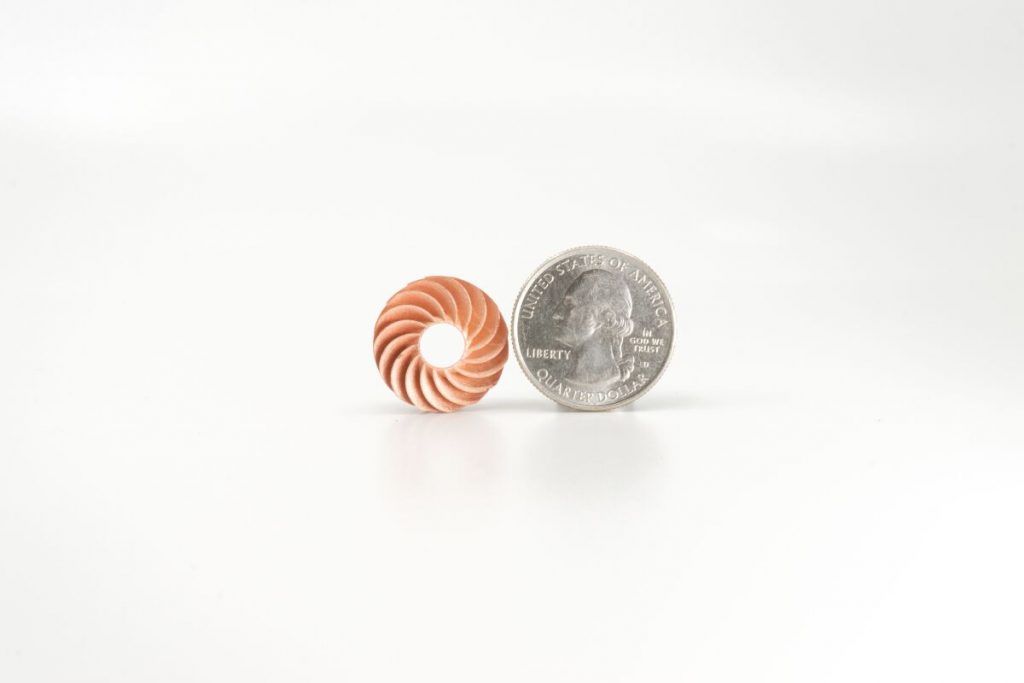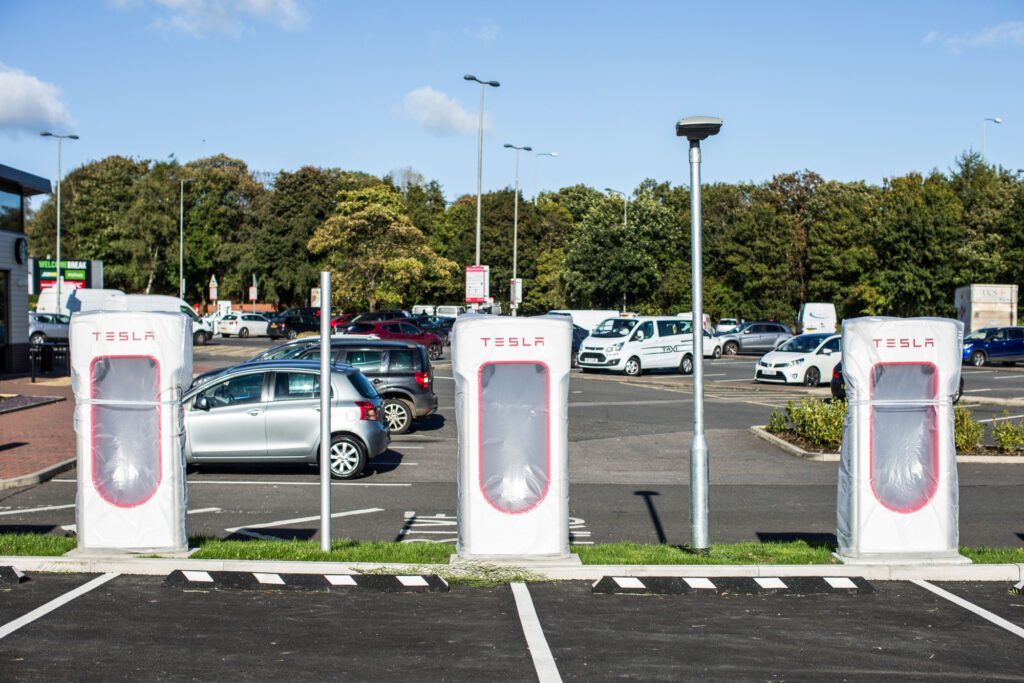In a second round of venture capital funding, a San Diego company called Fabric8Labs got $50 million. The company has come up with a new way to 3D print metal without using powders.
The money will be used to build a pilot production facility in San Diego for the company’s Electrochemical Additive Manufacturing technology. This could roughly triple the company’s number of employees over the next 12 to 18 months.


The goal of the pilot facility is to show that Fabric8Labs can 3D print very complex parts in a cost-effective way, especially with copper, for its top target markets, which include heat sinks for semiconductors and parts for radio frequency antennas.
Jeff Herman, co-founder and CEO of Fabric8Labs, said, “Thermal management and RF have really risen to the top.” “Some parts of our technology are unique and meet their needs. And what we’ve found is that we can not only save them money on making their parts but also give them huge performance gains.”
Herman and David Pain, who went to high school together at La Costa Canyon, started Fabric8Labs in 2015. They have come up with a way to 3D print metal without using heat. Using high-purity metals, the patented electrochemical method makes it possible to make features with a resolution of a few microns and complex internal patterns. The company says that it can also be made in large quantities.
Manufacturers put heat sinks around the central processors of powerful computers to keep the space around the processors from getting too hot. With its non-thermal metal 3D printing process, Fabric8Labs can make a lot of these designs that are getting more complicated.
In the radio frequency market, wireless companies are making next-generation antennas to improve reception for things like 5G base stations or satellite communications. “You end up with structures that look really complicated, work better, but for one reason or another would be really hard to make,” said Pain. “If you use an additive (manufacturing) process, you can make these kinds of designs come true.”
There are now 57 people working at Fabric8Labs. It raised $19.3 million in venture capital around the middle of 2021. Back then, the company planned to sell the tools its customers would need to make their own parts. Now, the business model for the startup has changed so that it will make the parts that customers want itself. It will do this first at its pilot production facility and then, depending on demand, at other manufacturing locations.
The latest round of funding for Fabric8Labs was led by New Enterprise Associates. Existing investors Intel Capital, imec.XPAND, SE Ventures, TDK Ventures, and Lam Capital also took part.




